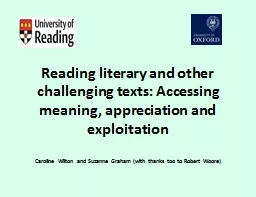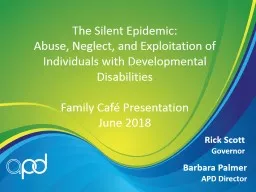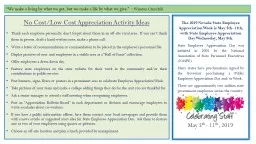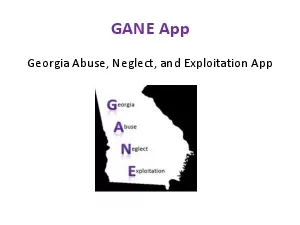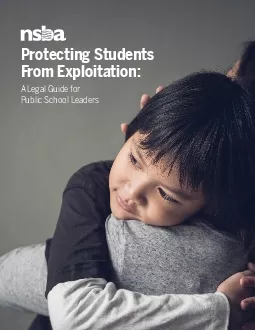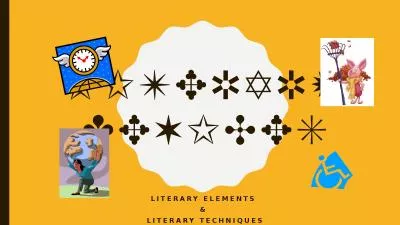PPT-Reading literary and other challenging texts: Accessing meaning, appreciation and exploitation
Author : myesha-ticknor | Published Date : 2018-09-25
Caroline Wilton and Suzanne Graham with thanks too to Robert Woore What are the issues with reading Learners do not use strategies very effectively for dealing with
Presentation Embed Code
Download Presentation
Download Presentation The PPT/PDF document "Reading literary and other challenging t..." is the property of its rightful owner. Permission is granted to download and print the materials on this website for personal, non-commercial use only, and to display it on your personal computer provided you do not modify the materials and that you retain all copyright notices contained in the materials. By downloading content from our website, you accept the terms of this agreement.
Reading literary and other challenging texts: Accessing meaning, appreciation and exploitation: Transcript
Download Rules Of Document
"Reading literary and other challenging texts: Accessing meaning, appreciation and exploitation"The content belongs to its owner. You may download and print it for personal use, without modification, and keep all copyright notices. By downloading, you agree to these terms.
Related Documents

